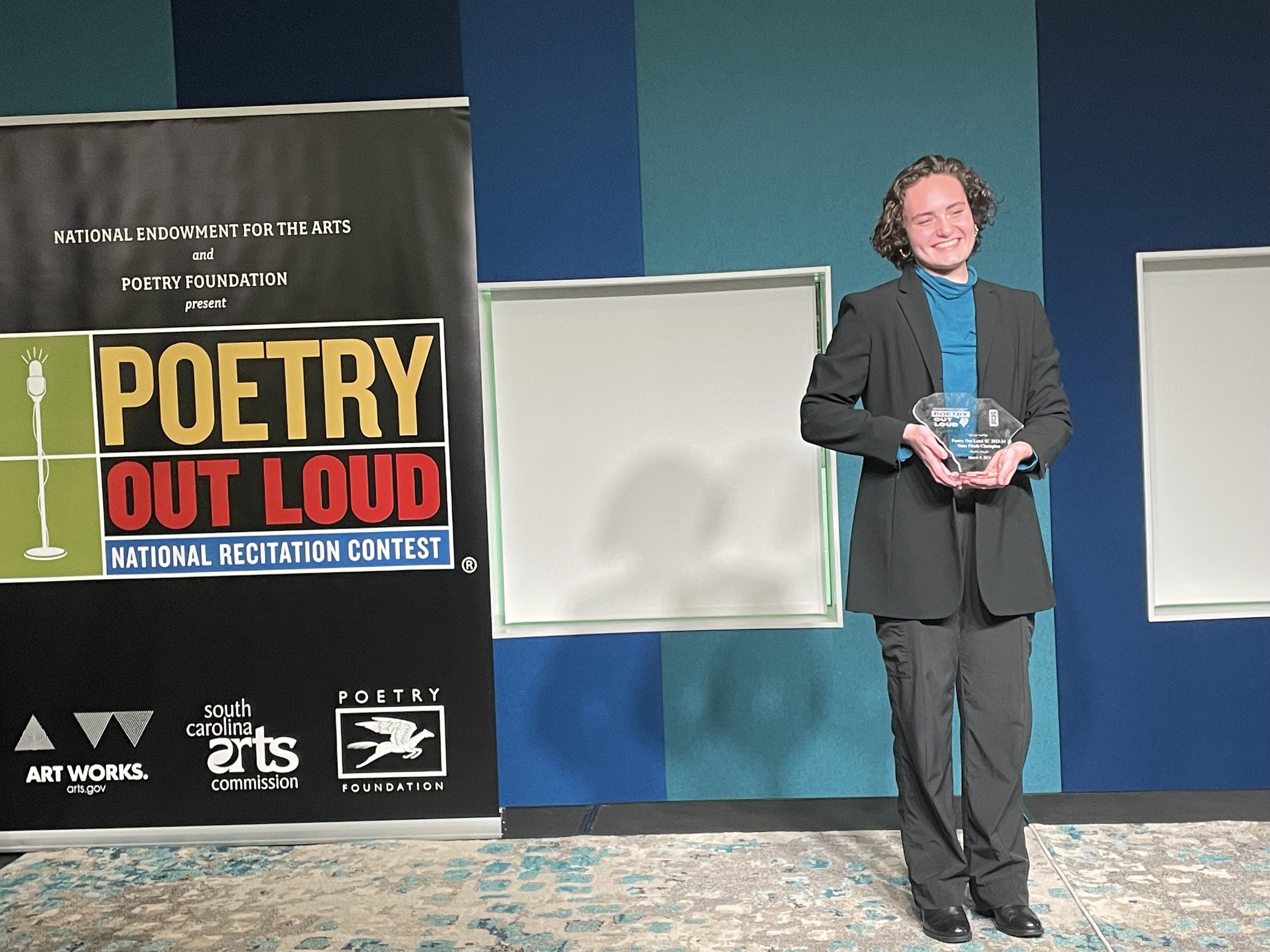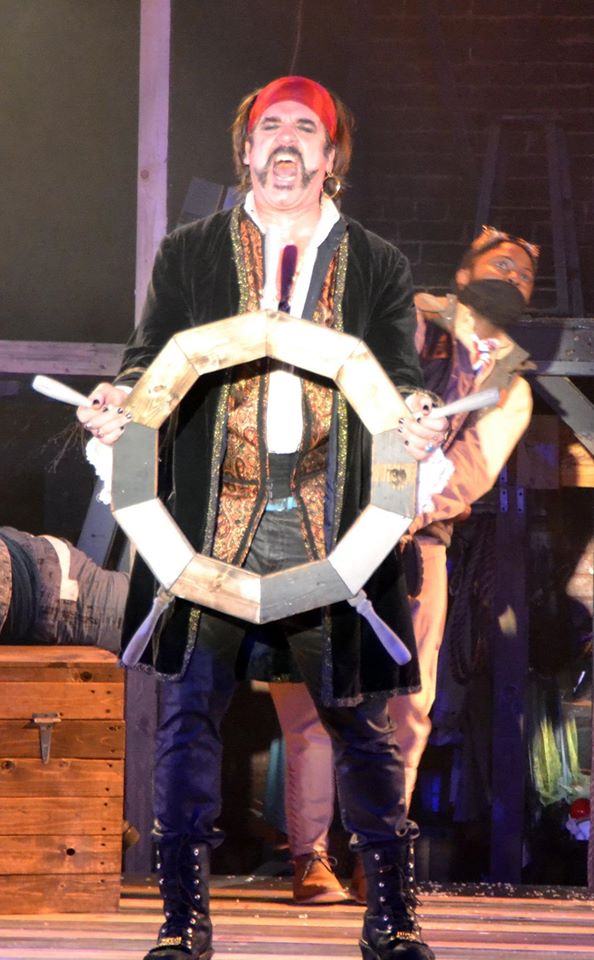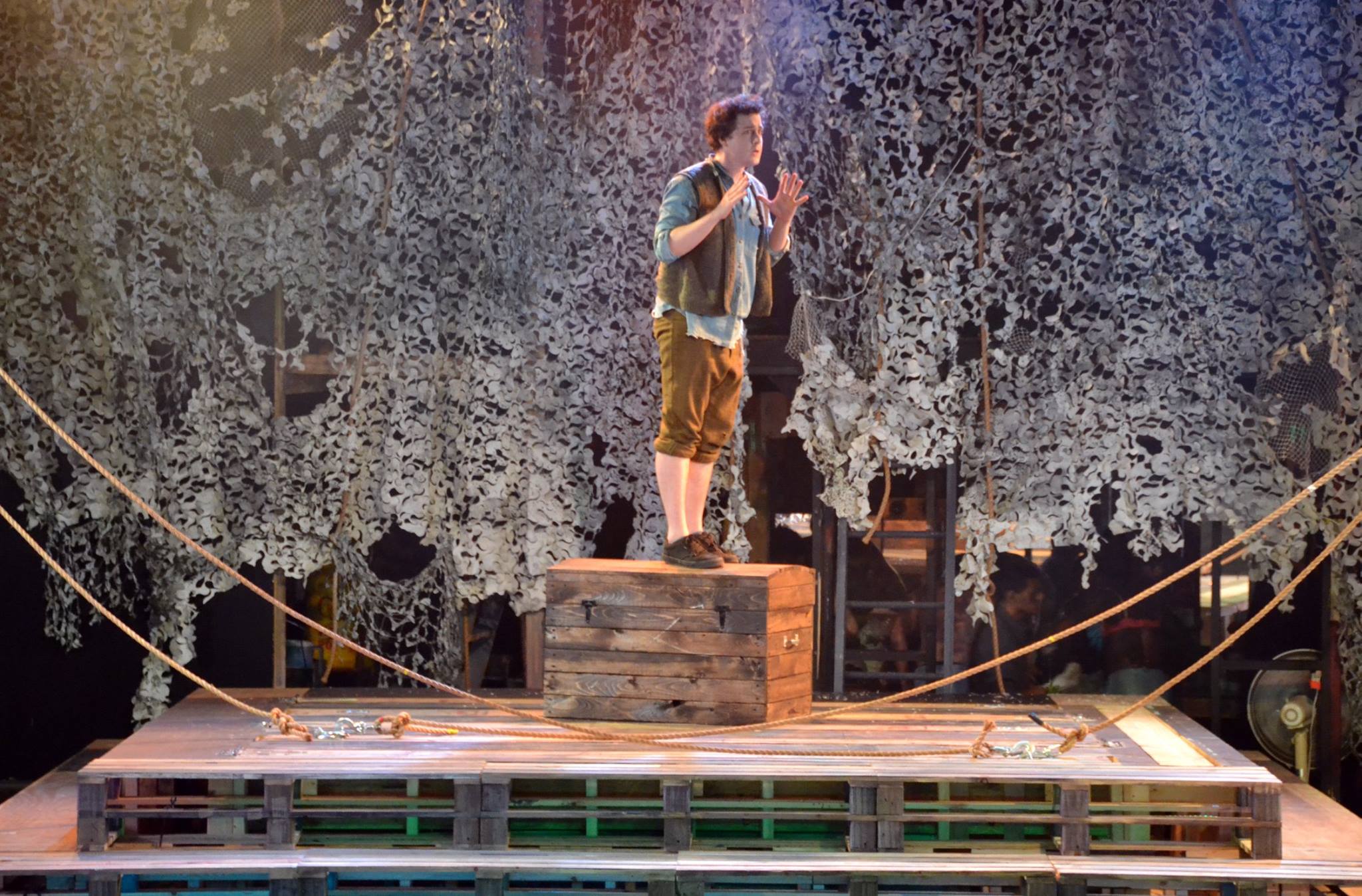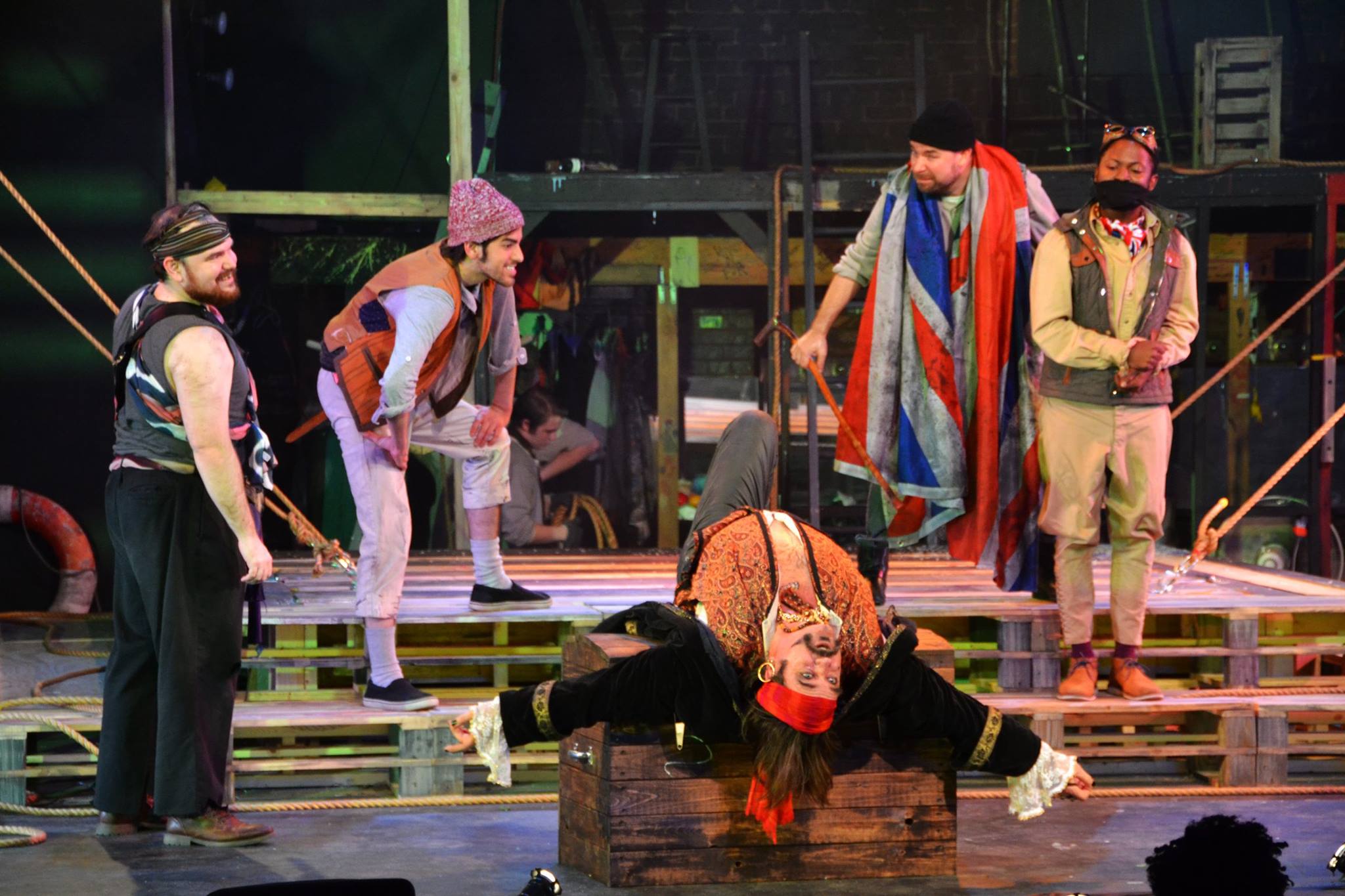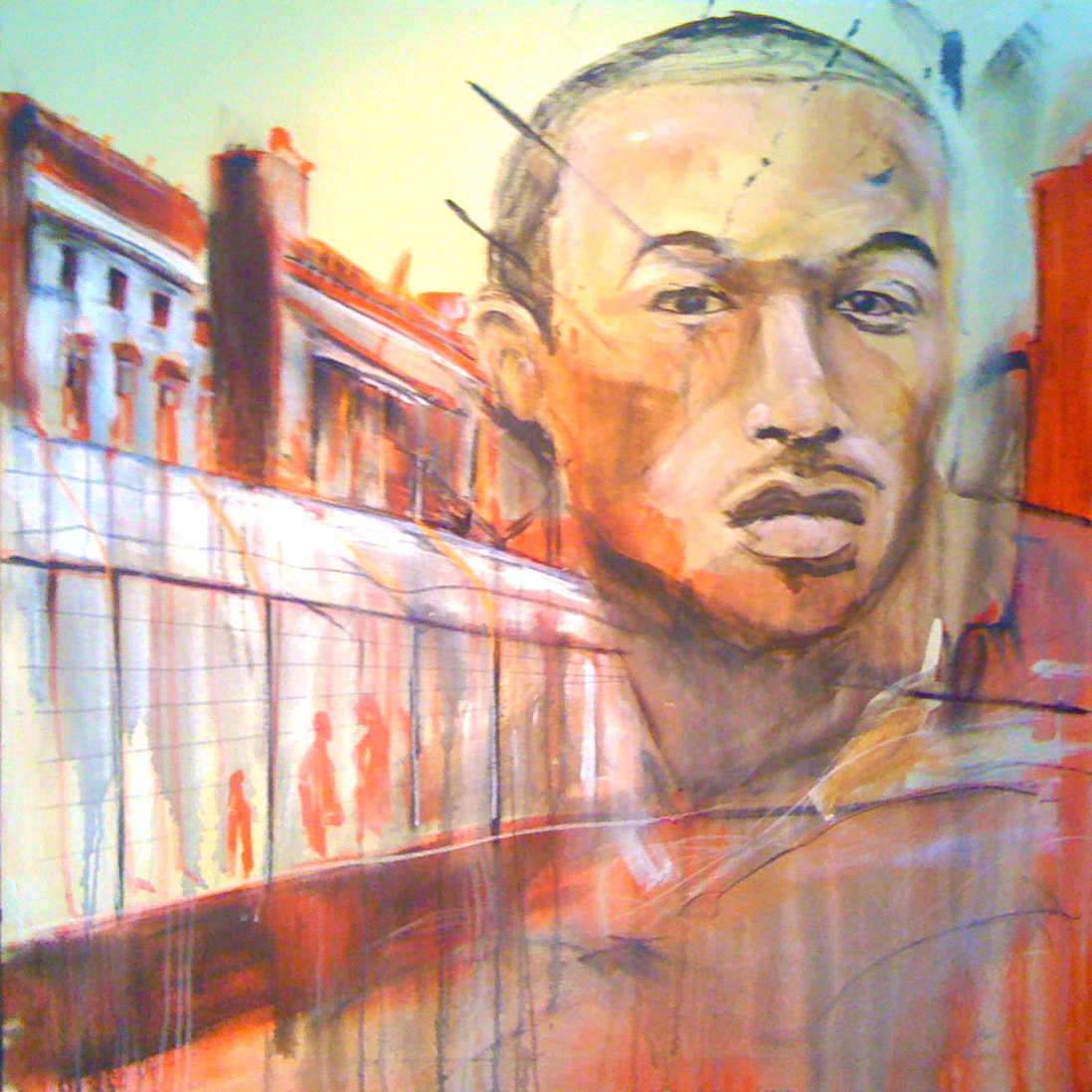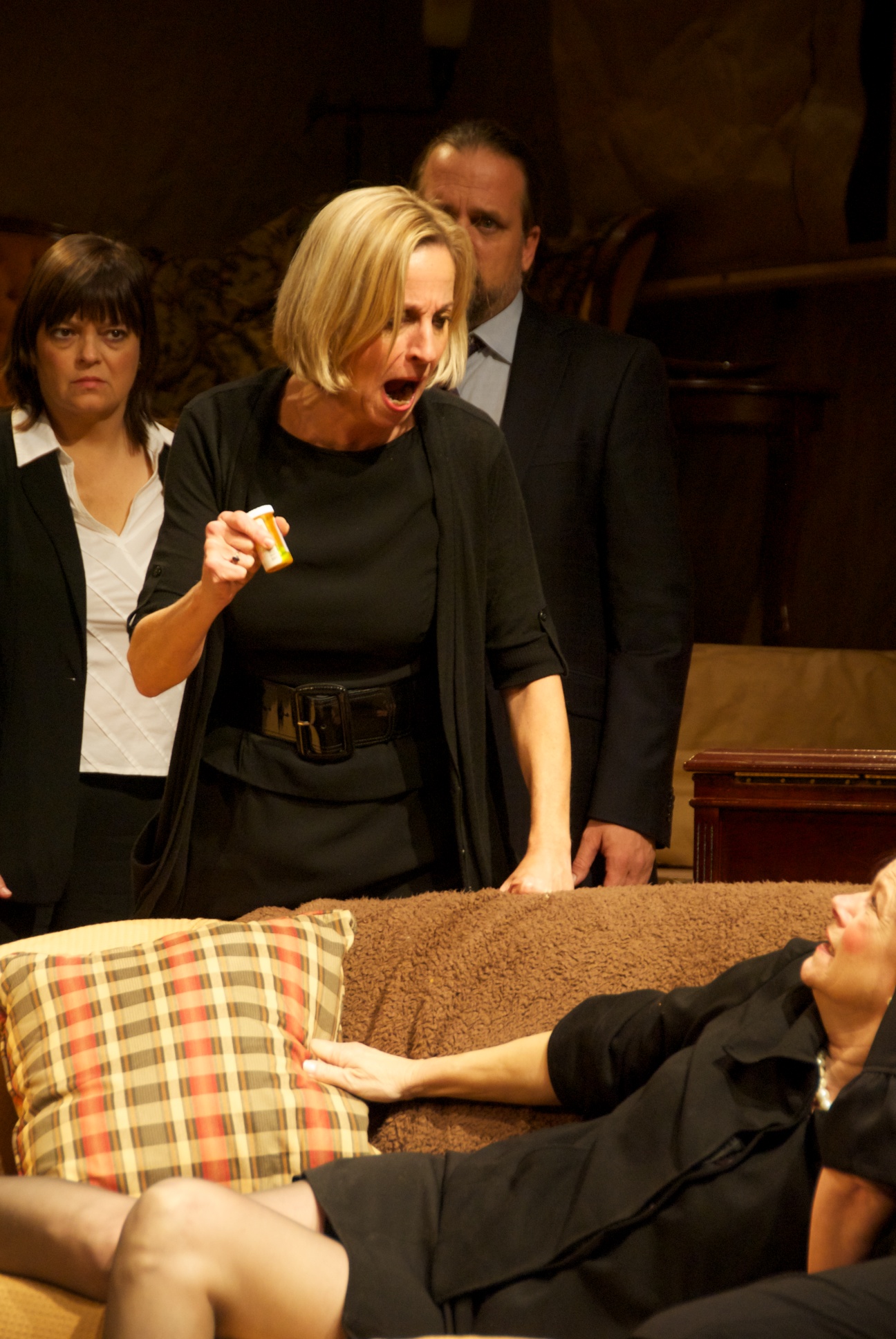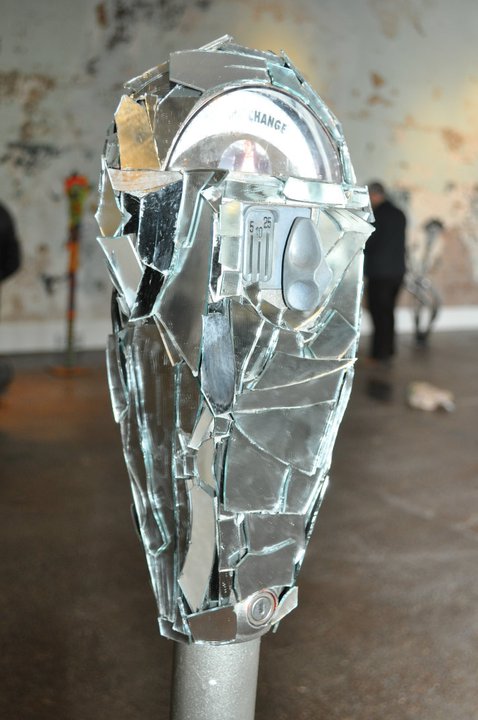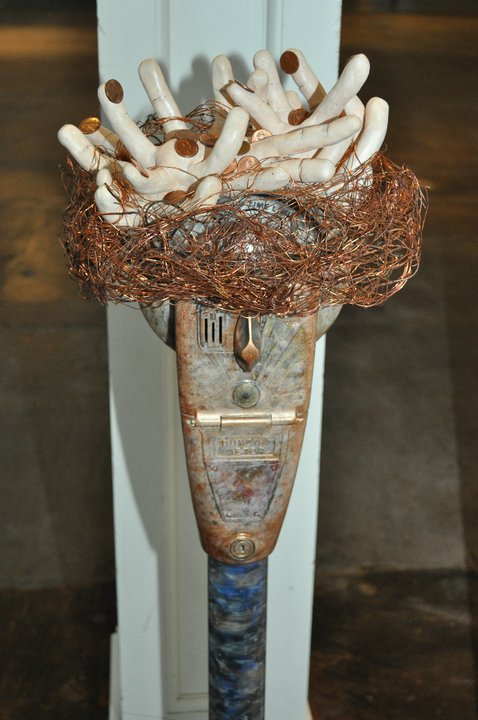Note: This story goes best with Jimmy Buffet on the radio, a Hemingway novel on your nightstand, and a Key Lime specialty drink made with generous pours…
During the week of July 4th, four Columbia artists traveled down I-95 heading for the Southernmost point in the United States – Key West. Our Columbia collective consisted of myself (a local theatrical director), local dancer (turned stage manager for this trip) Bonnie Boiter-Jolley, and local actors Paul Kaufmann and Eric Bultman. Of course, some much-anticipated vacationing was expected – but our reason for traveling to the Conch Republic derived from an invitation from The Studios of Key West to be part of “One Night Stand” – a highly popular 24-hour theatre project that was celebrating its fifth incarnation.
The Studios of Key West (or TSKW) describes itself “as a place that provides a truly collaborative and supportive environment for creative experiences.” They offer studio space, lectures, workshops, residencies, partnership projects and nurture the creation of work. Their publicized mission is to “build audiences and support the advancement of established and emerging creative people in the Florida Keys.” TSKW is driven by a distinct cultural and educational mission to support creative community development, nurture artists and the artistic process, while forging collaborations that celebrate and advance Key West’s unique sense of place. And let me assure you – I have yet to experience any place in this country which offers such an inspiring array of opportunities with distinct cultural individuality.
Paul Kaufmann and I first went to TSKW in 2009 when we were part of their first theatre troupe residency. We stayed in The Mango Tree House - one of the studios’ residencies where the oldest mango tree on the island actually drops fresh delicious mangoes into your backyard. Our residency lasted two weeks, and we workshopped a new script called “Homo Apocalyptus” written by playwright Dean Poynor and featuring local actors Monica Wyche and Sydney Mitchell. TSKW provided us the time and space to explore and shape this story daily. This script went on to have productions mounted at Piccolo Spoleto in Charleston, and at an arts festival in Cairns, Australia.
While we were in Key West in 2009, we were also asked to participate in “One Night Stand” during that residency. So, imagine our excitement when we were invited to participate again in 2012! Bags were packed and loaded, and four travelers from Columbi-Yeah took their talents south for a week-long stay, and 24 hours of theatrical creation.
Our group was split between two residencies –Bonnie and I inhabited a lovely studio-style apartment with a private court-yard complete with a pool. Paul and Eric stayed in the newly renovated Ashe Street cottages just behind “The Armory” – the building that TSKW uses as their business headquarters. Paul and Eric had the pleasure of sharing the cottages with Danish artists-in-residency Lise Kjar (Installation/Sculptor/Video Artist), Gina Hedegaard Nielsen (Installation Artist/Sculptor), and Grette Balle (Textile Designer/Painter). Trust me folks, look these women up – they’re amazing and their work is just as awe-inspiring.

The week ensued with your local heroes partaking in some of the expected touristy fare: Sloppy Joe’s visits, sunset celebrations, sunning on gorgeous beaches with blue water, drinks up and down Duval Street bars (think the Bourbon Street of Key West), lunches at Fish Shacks where your meal was caught that day, drinking water from coconuts, and petting polydactyl cats at the Hemingway house. However, we were able to enjoy the colloquial treats of the island with our new Danish friends, and New York filmmaker and painter Christopher Bennett (also a TSKW artist-in-residency).
The time flew by, as it does when you’re having fun in paradise; and soon the weekend was upon us. On Friday, all of the “One Night Stand” participants gathered at the afore-mentioned Armory at 7pm. TSKW Deputy Director Elena Devers took the stage in the main gallery space, which was borrowed and transported from the beautiful St. Paul’s Episcopal Church on Duval Street. She started by welcoming everyone to the Fifth “One Night Stand” – which was met with thunderous applause from all those involved. In the room at that moment were four writers, four directors, twelve actors, four stage managers, a collection of visual artists and their assistants who would serve as scenic designers, and four teams of costume and props designers.
The goal was seemingly simple – write and produce four new shows in the span of 24 hours. After names were drawn from baskets to team up writers, directors, actor groups, and designers – the project had begun.
As a director I was asked up to the stage to draw a writer out of the basket. I drew and opened the paper to reveal I’d be directing a show written by locals Mike Marerro and Chris Shultz, co-author of local publication “Quit Your Job and Move to Key West: The Complete Guide.” I had worked with Schultz during my last visit when he was an actor in the play I directed for “One Night Stand” in 2009. Drawings concluded and our team was assembled, with Bonnie Boiter-Jolley stage managing my show and Paul Kaufmann and Eric Bultman acting with another team.
Besides the teams being assembled, there were a few extra guidelines for the shows. The plays had to be no longer than 10 minutes, there was a hand-mirror that had to be used as a prop, and each script had to include the iconic line “Powerful you’ve become, the dark side I sense in you.” Each writer also had a draw a specific location – we drew “Outer Space,” appropriate considering the required line of dialogue.
We left The Armory around 8pm, and the writers took off into the night to spend the next eleven hours drinking coffee (or beer) while constructing a 10-minute play that would be performed at a 7pm and 9pm showing the following night. I have no idea how the other teams spent the rest of their night, but we decided to do what we did best – be care-free and have some dinner and drinks with our Danish friends and Chris, the filmmaker.
My alarm went off at 6:30am the next morning, and Bonnie and I headed to the Armory. We arrived at 7:15am, met with a table covered in tasty morning treats and the most important element: a warm urn of coffee. I sat down at a table with writers Chris and Mike, and they looked on as I and the designers read the script. The actors were returning to the Armory at 8am, so there was little time to assess the story and decide what was needed from the designers.
The title at the top of the page read “Frank Hates China” – which instantly warranted a chuckle from this director. The story was simple: a group of tourists are visiting a viewing platform on the moon where they can get the best view of a soon-to-pass meteor. However, when the meteor goes off its expected path and crashes into the earth, the group loses their cool and struggles to pull it back together. The tour group was led by a just-doing-her-job guide played by theatre newcomer Ashley Kamen. The tourists consisted of a over-the-top Star Trek fan played by Brandon Beach – a popular leading-man in the Key West theatre-scene, a Star Wars nerd dressed as Yoda (remember the required dialogue) played by Mike Mongo – a entrepreneur who lives in Key West, goes to church in Jamaica, and has a web design business in Miami, and finally a widow who has brought the ashes of her husband Frank along for the visit played by Key West theatre critic Connie Gilbert.
After the first pass on the script, I asked our scenic designer Corynn Young to explore a Jetsons inspired moonscape with a dash of Metropolis. She alerted me she was a painter and not a scenic designer, to which I replied, “Just do whatever comes to you. There’s no way to go wrong - just have fun.” I then went down the props and costume list with our designer Kelly Duford – who does some work with Key West Burlesque. Kelly and her mother took off to scrounge through costume shops at the local theatres and use the $150 budget to get any other necessary materials.
Once the actors showed up at 8am, we immediately headed to a convention center near Mallory Square Dock where the famous sunset celebrations take place. We made a conference room our rehearsal space, and began blocking immediately following a quick read-thru. Bonnie, who was just planning on stage managing, became a performer in the show out of necessity. She walked the ill-fated meteor across the stage and then made a quick change of direction towards earth – which we were hoping would incite some laughter that night at the performance (it did, by the way).
Lunch was served at noon, and we had some visits from our tired writers just to make sure everything was working out. After a few more runs, I asked the actors to depart and learn lines for two hours. After that break, we reconvened at the Armory to continue rehearsing in an art studio upstairs.
There were varying degrees of success with the line-learning. Brandon Beach, who was quite experienced, was having the most difficulty. Whether it was the strange vernacular of his Captain Kirk inspired lines or the pressure of the situation – I don’t know. However, I had faith it would all come together. The others were off-book, and sometimes having the support of your cast can make all the difference.
We made our way downstairs to the main gallery for the one-and-only technical rehearsal at 5:00pm. The cast had one chance to run the show on the stage, and we were able to set levels for the three sound cues we had for the show. The cast was having intense problems remembering their lines at that moment – but still; optimism was the name of the game.
We left the technical rehearsal, and had a pizza dinner that was served in the court-yard behind the Armory. As I dined on delicious local slices with Bonnie, Paul, and Eric – I noticed members of my cast pacing around trying to recite their lines as they chewed cheese and drank a relaxing beer. Brandon Beach was sitting at a table under the aforementioned mango tree with his head in his script, when a mango almost fell directly on him – barely missing his head and landing behind him in his chair. He quickly moved to a more secure area to continue studying.
With the show an hour away, I asked Paul and Eric how their show was going. They seemed optimistic and devoid of anxiety. Minutes later I saw both of them exit their cottage with leather cowboy-wear featuring tassels…Bonnie and I could only smile as we tried to imagine what we were about to see our travel-partners perform.
At 6:30pm my cast convened in the makeshift backstage area in the main gallery. They put on costumes, make-up, and prepared to perform this show that had been written less than 24 hours earlier.

The first show at 7pm was sold out and had a very supportive audience. Two of the shows preceded ours, and then it was our turn. The audience clapped and laughed as our outer-space moonscape backdrop was revealed. Then I hit play on Bonnie’s iPhone that was plugged into the sound board. My cast came bounding down the aisles in the audience making their way to the stage by way of space-walking leaps as “Also Sprach Zarathustra” (The 2001 Space Odyssey Theme, or Gamecock Football intro music) blared through the speakers. As the final climax of the song hit, the cast was on stage and met with applause. So far so good…
The show commenced with very few mistakes. A few lines were dropped or changed, but it still looked very competent. There was a prompter off-stage to help in some of those situations – and the audience expected there to be some difficulty. However, when the show was drawing to a close, Brandon Beach – our struggling experienced actor – drew a complete blank on his final monologue. With complete confidence, he crossed the stage and took the script from the prompter inciting the loudest laugh all night. He then recited his last monologue, then threw the script down on the stage calling out, “who writes this shit?” More laughter. He then crossed to his last mark, and said the last line leading the cast off-stage. The audience cheered like they were having the best time of their lives.
As soon as they were off-stage I told Brandon, “Well, that certainly worked. Keep it for the 9pm – we’ll pretend we planned it the whole time.” He laughed and agreed.
Paul and Eric’s show followed, and it was the final one of the evening. The show titled “An Incident Proposal” was story about Eric’s character and his prostitute friend in 1950’s Key West. When Paul’s character entered the story he proposes $10,000 for a night with Eric’s “wife”. Well, the deal goes down, and Paul and Eric’s excellent performances brought a lot of comedy and presence to the show. The audience was enjoying it immensely, and by the end of the show we realize that Paul’s character is a wheeler-and-dealer who’s had a history of abandoned wives and crooked financial deals.
The first audience was escorted out after the show, making way for the almost-sold-out 9pm audience. The emcee told the new audience that “the 7pm show was more of a dress rehearsal and that they were about to get the ‘real’ show.” So the show commenced, and yet again – the shows got great laughs and response from a lively crowd.
At the end of both shows, the audiences were asked to pick a “crowd favorite” by round of applause. Both times, the emcee awarded the title to “Frank Hates China” – which meant absolutely nothing, but it did add a sweet cherry to the top of this already rewarding sundae of collaborative arts.
Paul, Eric, Bonnie, and I were humbled by an embarrassment of riches while in residency at TSKW. We dined and conversed with international and national visual artists, collaborated with local theatre artists, and were able exercise our craft for audiences in the Conch Republic. A truly unique experience that is just as amazing as the memories it creates.
As we began our 13+ hour-long trek back to Cola on Monday, I was thinking about how the locals of Key West were so supportive of “One Night Stand”. We actually produced a 24 hour theatre project at Trustus years ago. While the actual event was a testament to the talents we have in this city, we had a hard time selling 134 seats to our local audiences. TSKW filled hundreds of seats two shows in a row … that fact alone started an itch that I feel needs scratching.
Maybe its time for another 24 hour theatre project here in Columbia! We’ve certainly got directors, writers, and actors who could pull it off. We’ve even got an excellent group of visual artists in this city who could bring the scenic design to life in a big way. We don’t suffer from a lack of venues either. I also think, with the right press, we could generate a lot of excitement for this unique type of project. Plus – we’re all enjoying multi-disciplinary collaborations these days – so why not? What do you say Columbi-yeah? Is it time for another go at it? Do you want to see what can happen when theatrical creations come to life in 24 hours? Let’s make it happen!
Note:
Artists interested in residencies should check out www.tskw.org for information.

